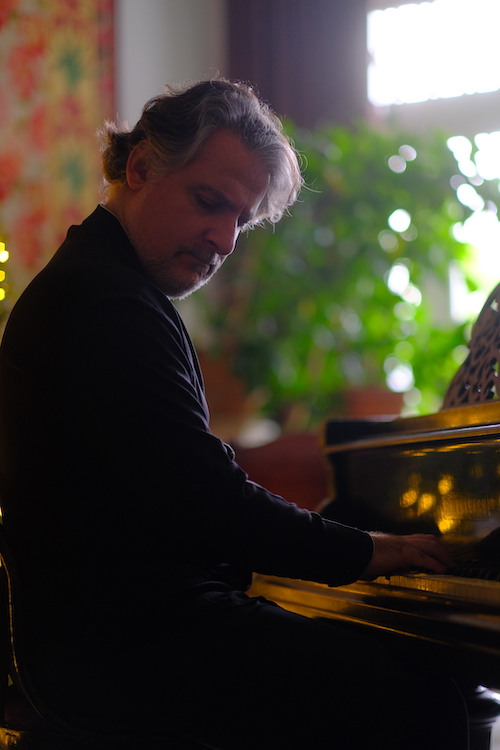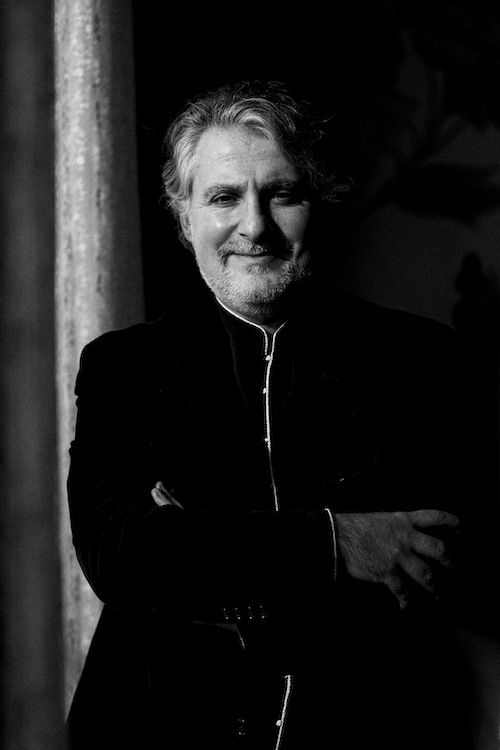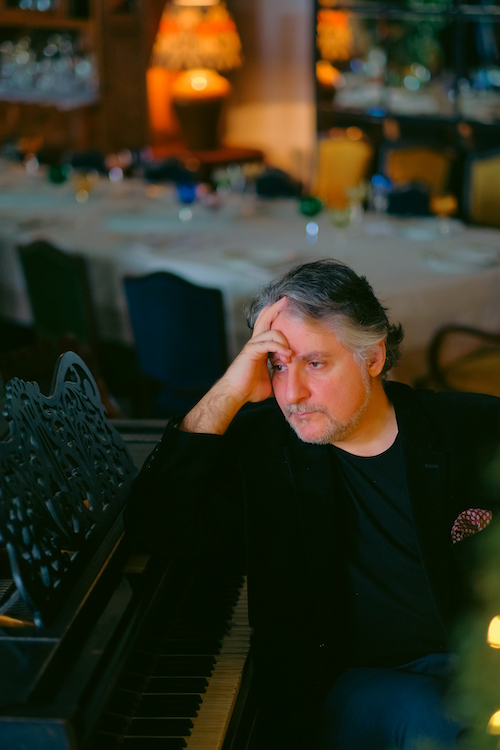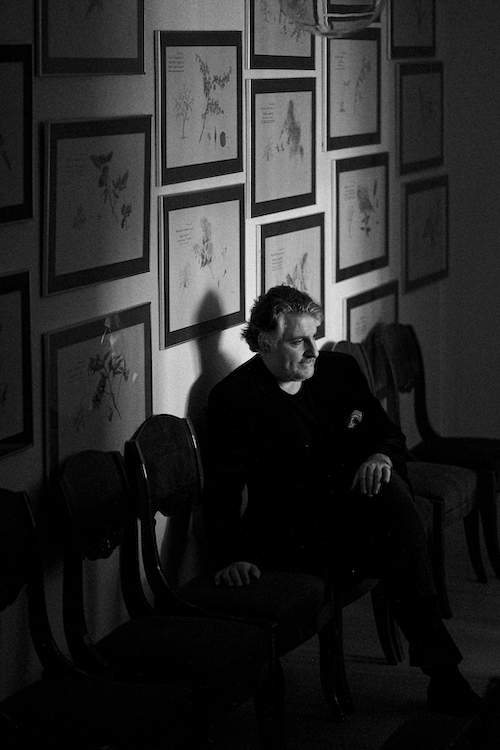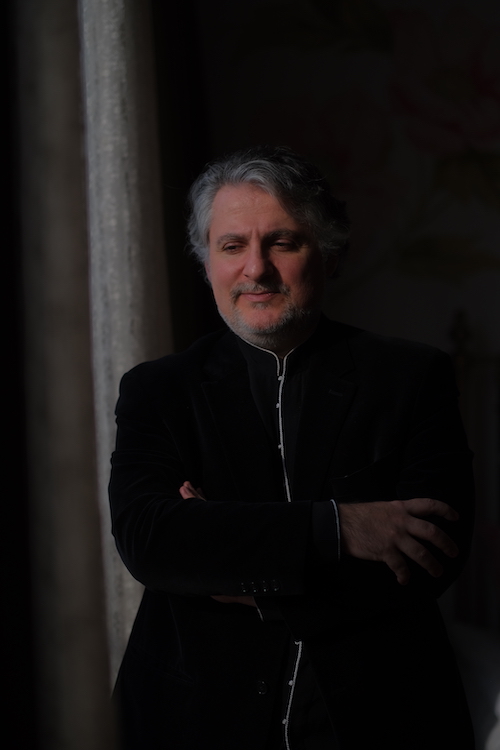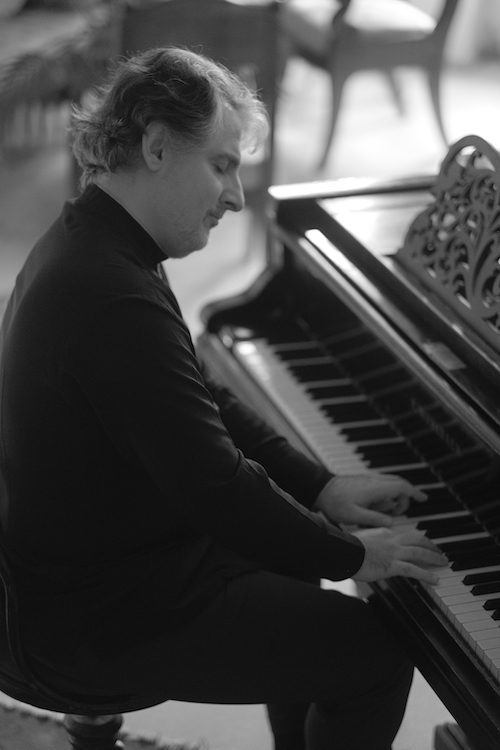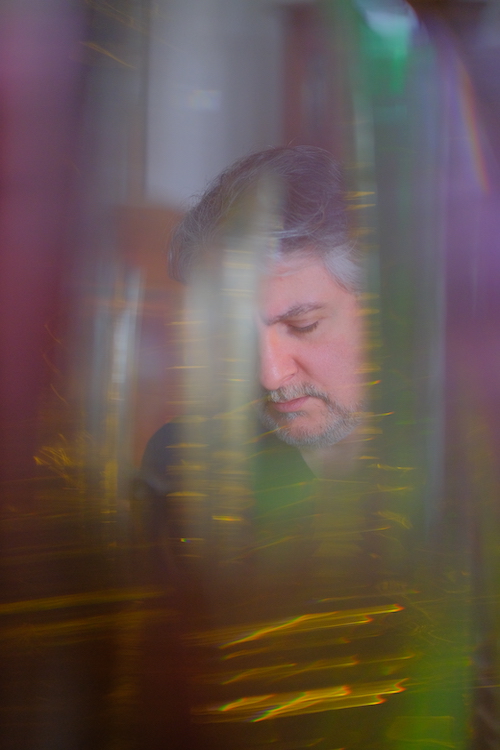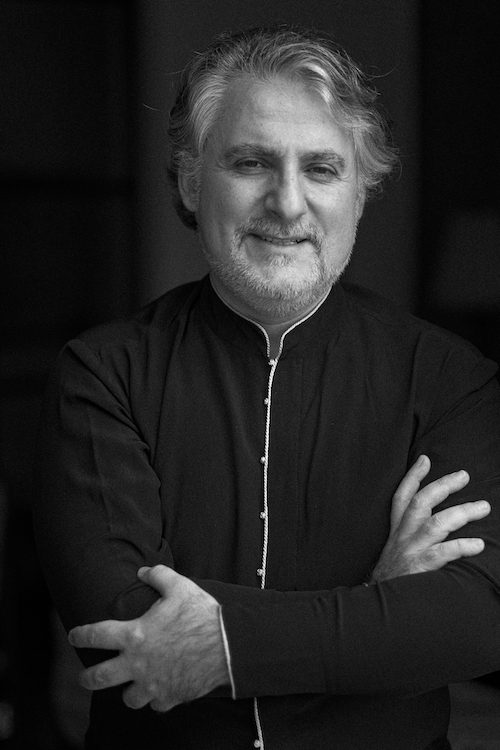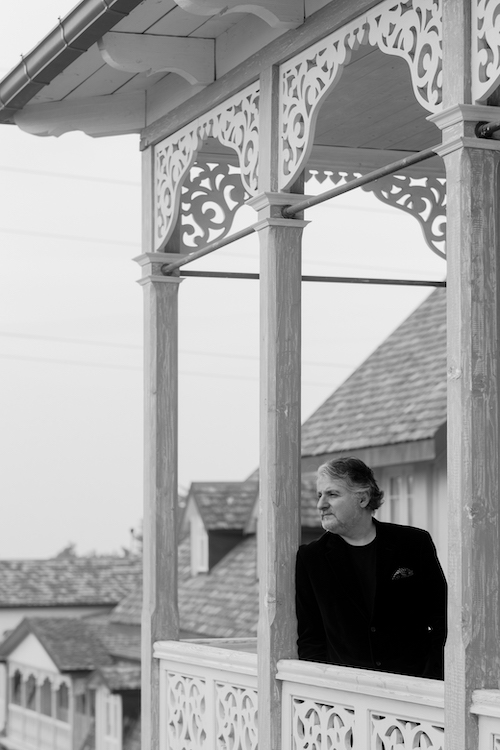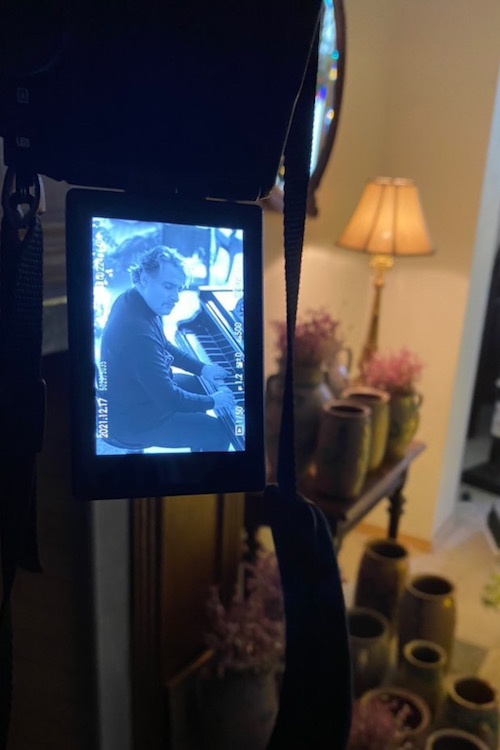Edisher
Savitski
Pianist
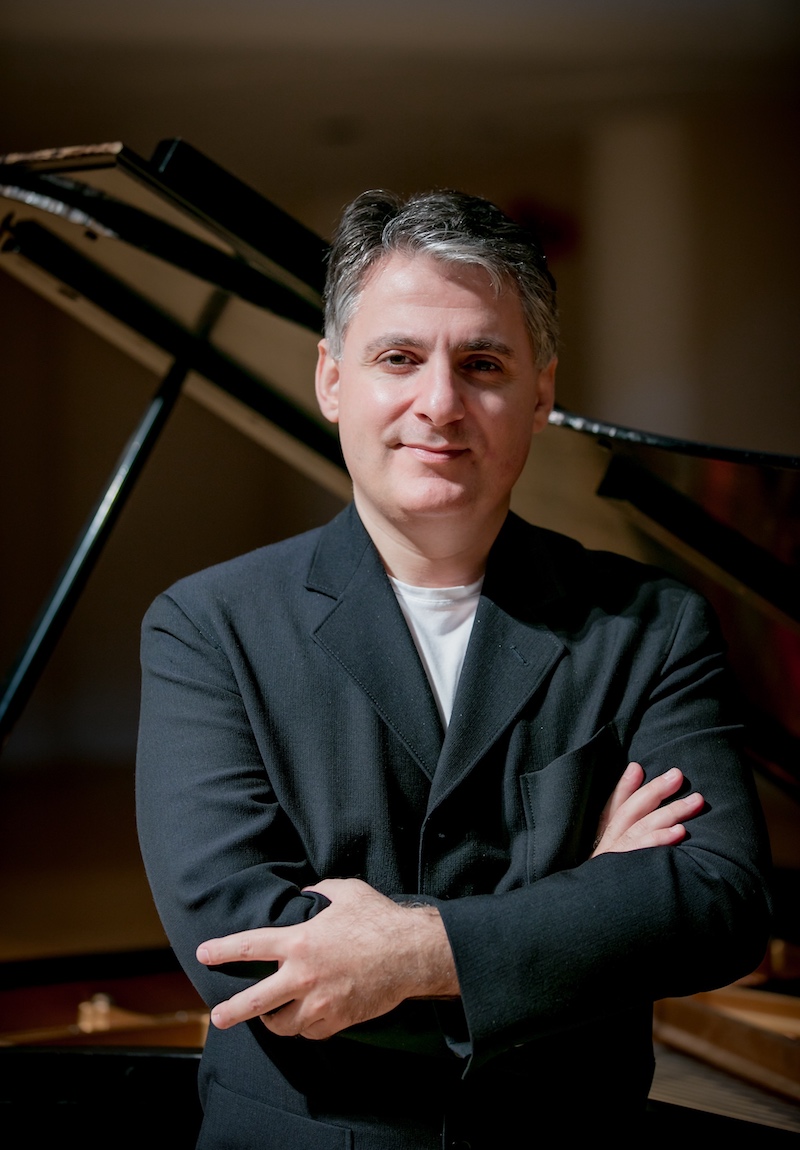
“We will be lucky to hear Scriabin played anywhere near this powerfully soon.”
Jack Walton , Tribune Correspondent
videos
Chopin
Sonata #3 in B Minor, Op. 58
Wagner-Liszt
Liebestod from Tristan und Isolde
Beethoven
Sonata Op. 26 in A-flat Major
Haydn
Sonata in F Major, Hob XVI:23
Schubert
Sonata in B-flat Major, D. 960
Mussorgsky
“Pictures at an Exhibition”
Bardanashvili
Fantasia
mozart
Piano Sonata in F K533/494, Mov 1
mozart
Piano Sonata in F K533/494, Mov 2
mozart
Piano Sonata in F K533/494, Mov 3
Prokofiev
Sonata #7 Op. 83, Mov 1
Prokofiev
Sonata #7 Op. 83, Mov 2-3
Scriabin
Sonata #7 ” White Mass” Op. 64, Part 1
Scriabin
Sonata #7 ” White Mass” Op. 64, Part 2
Gershwin
“Rhapsody in Blue”
Chopin
Sonata #3 in B Minor, Op. 58
Wagner-Liszt
Liebestod from Tristan und Isolde
Beethoven
Sonata Op. 26 in A-flat Major
Haydn
Sonata in F Major, Hob XVI:23
Schubert
Sonata in B-flat Major, D. 960
Mussorgsky
“Pictures at an Exhibition”
Bardanashvili
Fantasia
mozart
Piano Sonata in F K533/494, Mov 1
mozart
Piano Sonata in F K533/494, Mov 2
mozart
Piano Sonata in F K533/494, Mov 3
Prokofiev
Sonata #7 Op. 83, Mov 1
Prokofiev
Sonata #7 Op. 83, Mov 2-3
Scriabin
Sonata #7 ” White Mass” Op. 64, Part 1
Scriabin
Sonata #7 ” White Mass” Op. 64, Part 2
Gershwin
“Rhapsody in Blue”
“His amazing dexterity was equaled by his passion and evident understanding of Shostakovich”
Roger Bryant, the Daily News
reviews
JACK WALTON,
Tribune Correspondent
“Edisher Savitski, a distinguished alumnus, returned to play two solo works that he will play again next month at Carnegie Hall. He proved that he belongs there.
Franck’s “Prelude, Chorale and Fugue” of 1884 was both elegant and muscular in Savitski’s hands. Unimaginative pianists tend to play up Franck’s mellifluousness, which can render it too sweet. Savitski dignified it with strength, thumping around here and there, while never losing touch with the poignancy of the work’s main chordal structures.
He then played Scriabin’s Piano Sonata No.7, Opus 64, “White Mass.” His unique, deeply personal interpretation of an almost unplayable composition was the true apex of the evening. The composer’s pursuit of, literally, magic in his work is well- documented. It’s rare, though, to experience this alchemy in an auditorium. But as each of Savitski’s convulsive trills and ominous chords would hang in the air, it became clearer that indeed something special was happening. We will be lucky to hear Scriabin played anywhere near this powerfully any time soon.”
HANUH RON,
Yediot Akhronot (Israel)
“The piano of Edisher Savitski prays, laments and also makes joyful sounds; since Ivo Pogorlich, no one has played Schumann as he has. This amazing Georgian simply takes off to the sky!” ”
ANDREW HUGHES ,
SB Tribune
“He gave the many moods and styles of George Gershwin’s ‘Rhapsody in Blue’ individual sound and feeling in his fantastic, emotional rendering of the work.”
Pianist Edisher Savitski joined the orchestra for Franz Liszt’s “Totentanz, for Piano and Orchestra,” and turned in a spectacular, breathtaking performance. Based on the section of the Requiem Mass titled “Dies Irae” (“The Day of Wrath”), the “Totentanz” opened with deep, dark notes from Savitski followed by devilishly fast runs from end to end of the keyboard. Savitski’s playing was forceful and dramatic, evocative of images of hell and purgatory before bursting into a lyrical section imbued with joy and topped off with a fast, exuberant section.”
JOSHUA SAUVAGEAU ,
Northbrook Patch
“Along with the NSO, he (Savitski) gave a spirited performance of this popular concerto (Rachmaninoff 2.) In the first movement, Savitski was particularly deft at weaving the piano part into and back out of the orchestra, by turns letting his instrument sing wildly or act as accompanist. But Savitski’s skill (and Rachmaninov’s too) came to the fore in the sumptuously lyrical second movement, when he nailed some extraordinarily stirring episodes. The third movement began quietly enough but quickly exploded in a flurry of piano notes before mellowing with the lovely and memorable second theme (introduced with skill by NSO’s violas and horns). The fever-pitched coda to this concerto brought the jubilant crowd to its feet as the audience applauded the hometown ensemble.”
ROGER BRYANT,
the Daily News
“With an exciting technique and a gorgeous tone, pianist Edisher Savitski pleased a Midland Symphony Orchestra audience at the MSO’s Saturday concert at the Midland Center for the Arts Auditorium. Savitski and the orchestra played Shostakovich’s Piano Concerto No. 1, also known as the Concerto in C Minor for Piano, Trumpet and String Orchestra. A lush and haunting melody in the second movement was just as strong as the lively concluding fourth movement in which Savitski and Thomas had a wonderful interplay. However, attention was inevitably drawn to the Savitski’s prodigious talent (not least because of the cameras that allowed the audience to get an up-close view of his fingers at work). His amazing dexterity was equaled by his passion and evident understanding of Shostakovich.”
C. J. GIANAKARIS,
Kalamazoo Gazette
In a challenging program, Savitski exhibited a stylish manner at the keyboard, sitting erect with fleet hands at the ready. His amazing hands could coax a delicate melody at double pianissimo or violently strike the keys for booming fortissimos.
Savitski opened the program with a delightful if idiomatic rendering of Mozart’s Sonata in F Major, K. 533/K.495. Melody never became lost in the pianist’s impressively articulated performance. Some passages were played more firmly than usually heard, but Savitski retained the composer’s infectious charm with engaging ornamentation and fine speedy runs. The last movement, filled with fetching child-like tunes, Savitski using prancing fingers turned into a music box, while crisp fast notes mimicked a harpsichord sound. Even when melody became overly broad and loud, charm radiated from every note.
Cesar Franck’s Prelude, Chorale and Fugue (1884) proved sobering in the pianist’s highly romantic and dramatic interpretation. Countless stunning hand crossovers confirmed his fine technical abilities.
Works by two Russian composers completed the program, Alexander Scriabin’s Sonata No. 7, Op.64 (“White Mass” — 1911) and Sergey Prokofiev’s Sonata No. 7, Op. 83 (1942).
By the time Scriabin composed his sonata, he was in his own introspective world of musical ecstasy. Dissonance dominated, and no tonic key was in evidence to lend direction or ballast. Savitski projected the atonality faithfully. The pianist, however, also highlighted the intriguing, innovative harmonies of Scriabin. Prokofiev offered greater attractions to listeners, especially his brilliant use of rhythms to sustain close attention and interest. Mechanistic pulsations drove the music forward as played by Savitski in the first movement.
Later, catchy syncopations helped create a consuming exuberance. The percussiveness, repeated endlessly at the close, made for a frenzy, perfectly captured in the pianist’s playing — a fitting conclusion to a powerful –performance.”
Yamaha Corporation of America
Third Minnesota International Piano-e-Champion Captivates Audience at Carnegie’s Zankel Hall
“His fiery interpretations were met with enthusiastic rounds of
applause and a standing ovation at the program’s conclusion. “Edisher Savitski provided us with the kind of success one can usually only dream about,” says James Steeber, Director of Yamaha Artist Services, Inc. “His musicianship and professionalism informed the evening with a special integrity which people are still discussing.”
MARY ELLYN HUTTON,
Music in Cincinnati
“Savitski closed the first half with six of Rachmaninov’s Etudes- Tableaux (Nos. 1-5 and 8). His playing was extremely idiomatic over a wide dynamic range. Each Etude cast its own spell, the last one (in C-sharp Minor) growing stormy after a soft beginning.”
photos



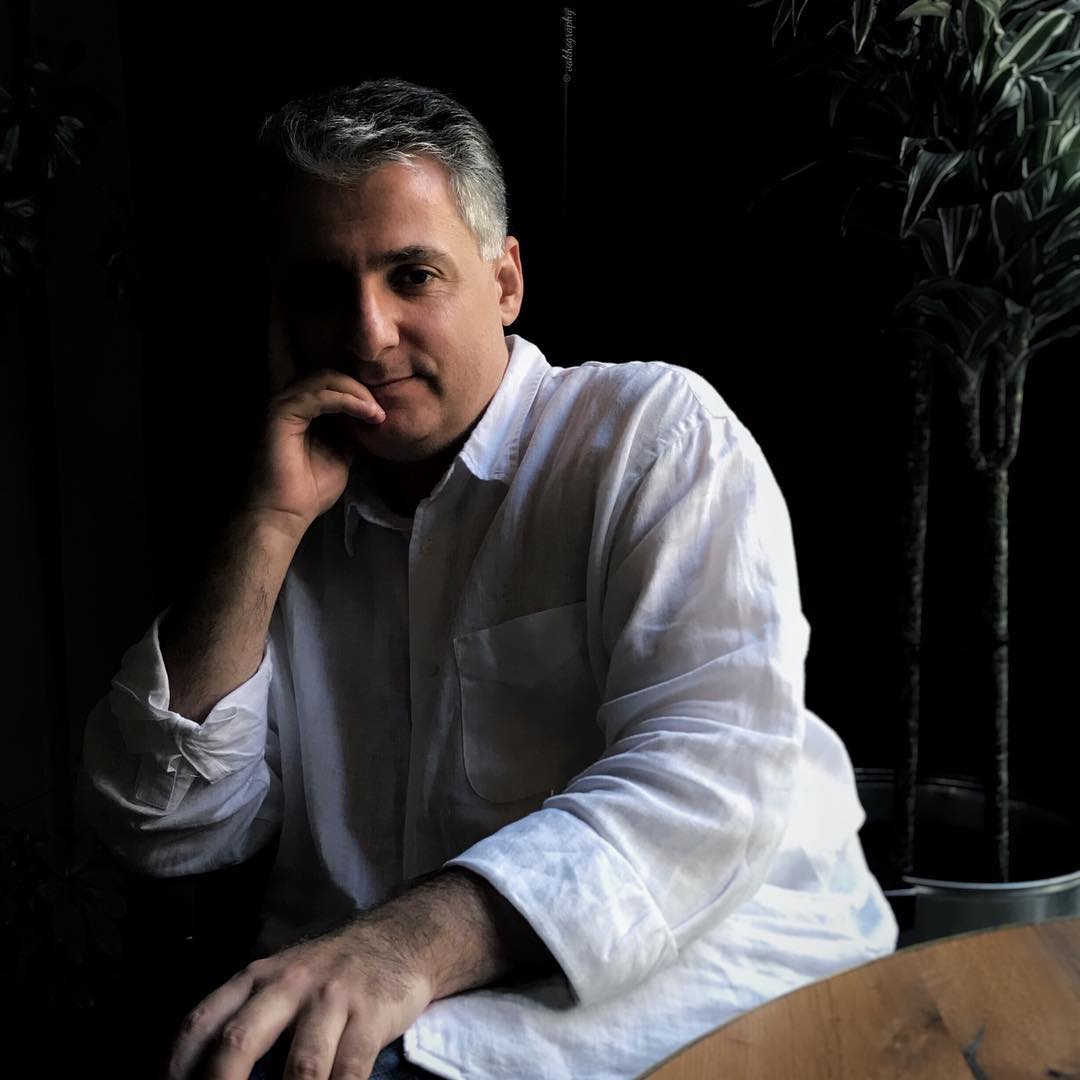
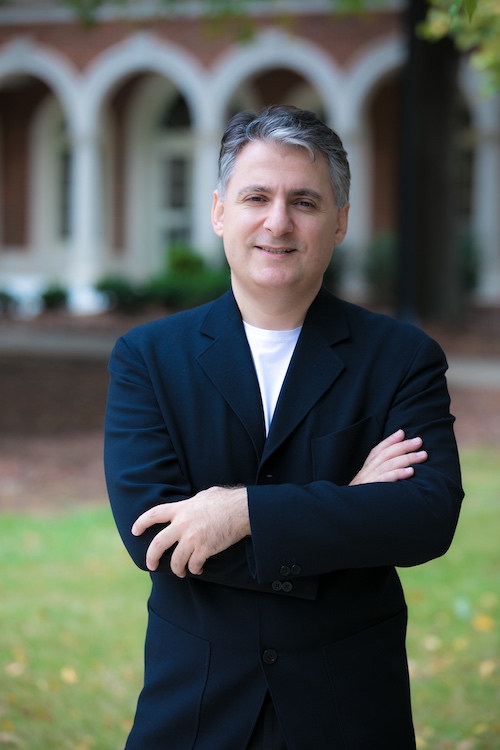
Edisher Savitski
Designed by MusicOnTheGo.org
Connect
Designed by MusicOnTheGo.org
